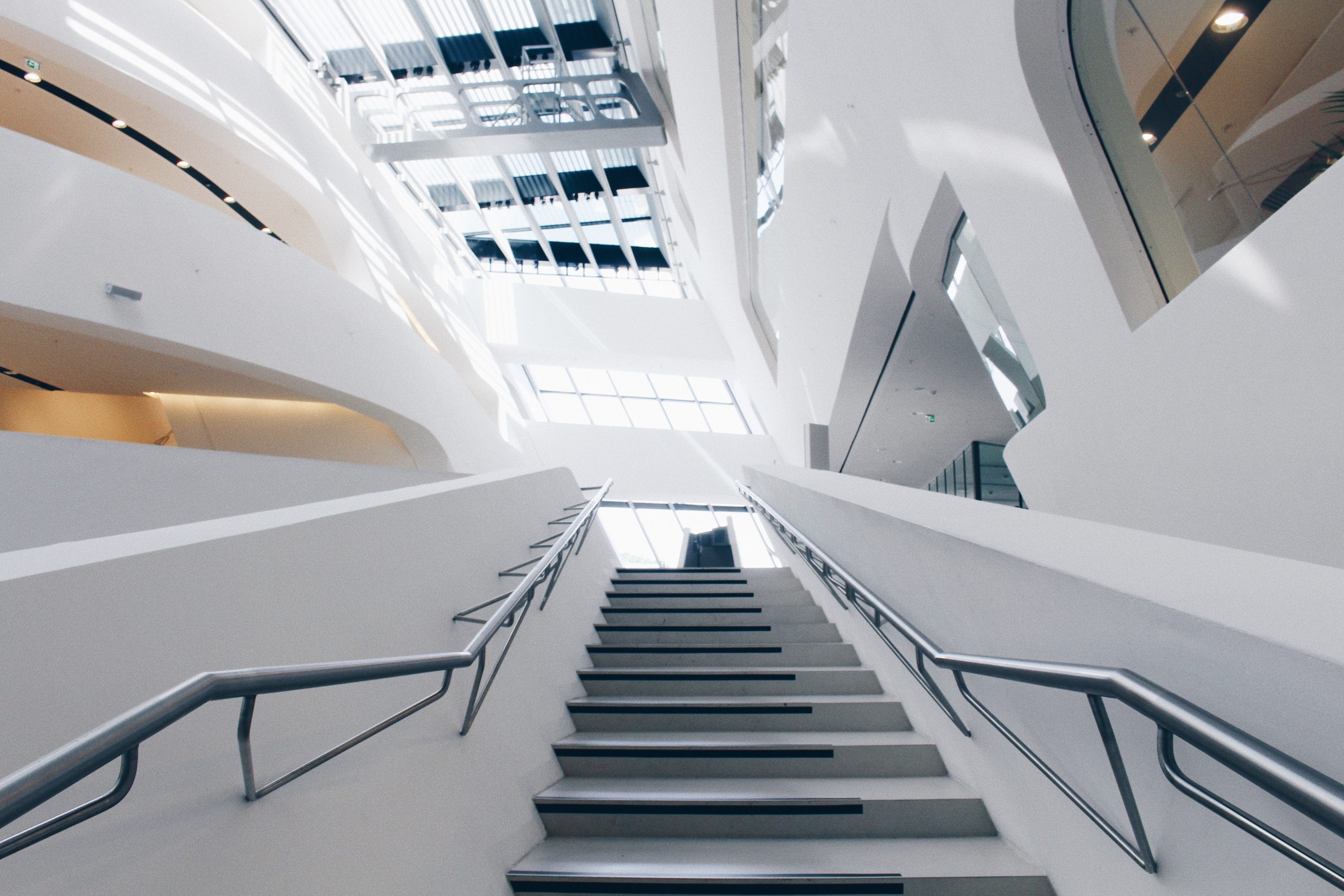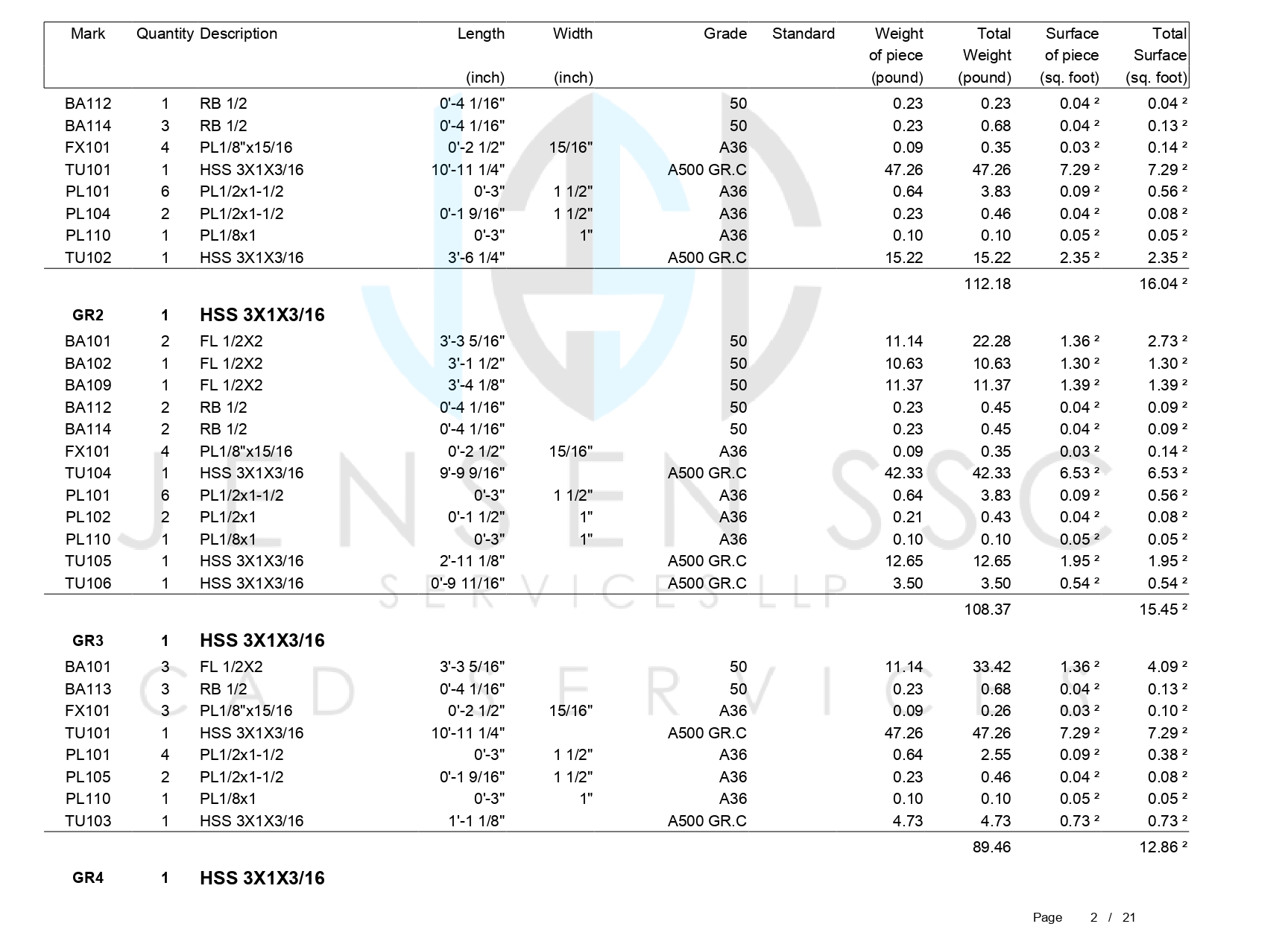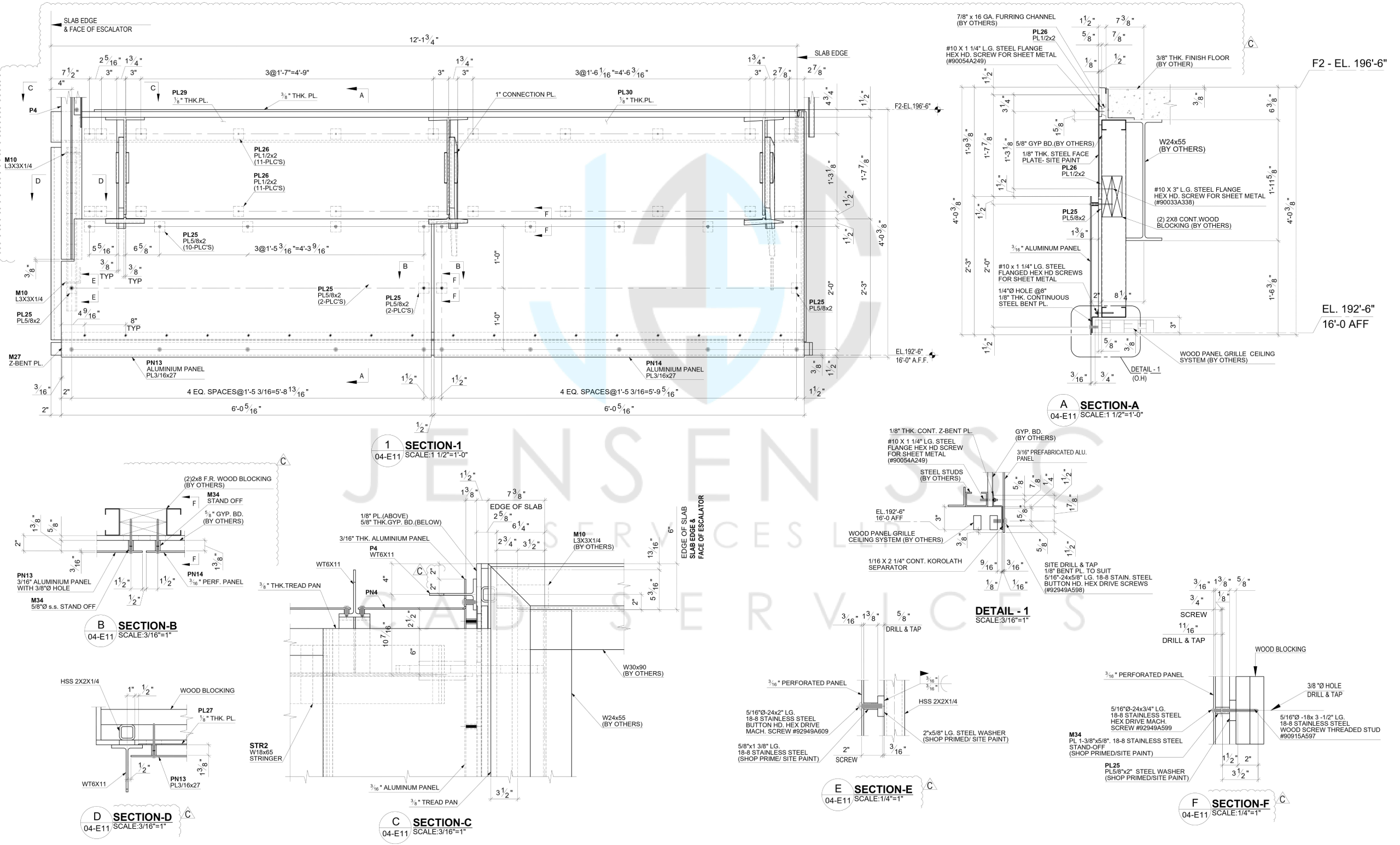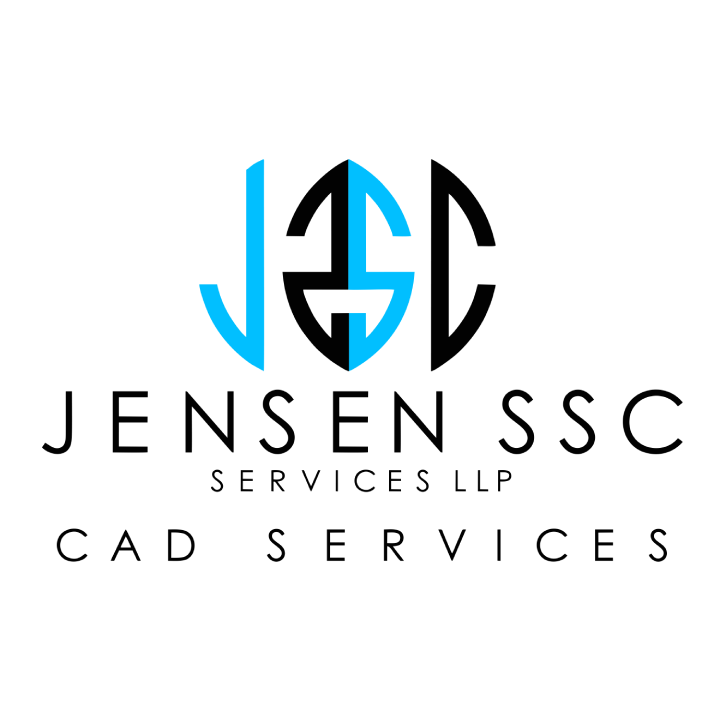3D Software Boosts Steel Fabrication
Enhancing Steel Fabrication with a 3D Software: A Leap Forward in Efficiency and Precision
Steel fabrication has long been a crucial aspect of the construction and manufacturing industries. Traditionally, the process of detailing and fabricating steel structures involved meticulous manual work, which often led to errors, rework, and delays. However, with the advent of 3D software detailing, a revolution has taken place in the field of steel fabrication. This blog post explores how the use of 3D software for detailing has transformed the steel fabrication industry, offering unprecedented benefits in terms of efficiency, accuracy, and overall project success.
Streamlining Design and Collaboration
One of the significant advantages of a 3D software is the ability to streamline the design process and foster collaboration among various stakeholders. Architects, engineers, and fabricators can work together seamlessly within a digital environment, making real-time changes and iterations. This level of collaboration not only reduces communication gaps but also ensures that all parties involved have a comprehensive understanding of the design intent, resulting in a more accurate and efficient fabrication process.

Enhanced Visualization
Traditional 2D drawings often fail to convey the complexities and nuances of steel structures accurately. A 3D software offers an immersive visual experience, enabling fabricators to view the project from all angles, zoom in on specific areas, and identify potential clashes or interferences beforehand. This enhanced visualization capability ensures better communication between designers and fabricators, reducing errors, rework, and costly on-site modifications.

Accurate Material Estimation and Cost Control
With a 3D software, fabricators can generate precise material takeoffs by accurately measuring lengths, weights, and quantities of steel components required for a project. This level of accuracy eliminates the guesswork involved in material estimation and helps in optimizing material usage, reducing waste, and controlling costs effectively. Fabricators can also integrate the software with their inventory management systems to keep track of stock levels and minimize delays caused by material shortages.

Clash Detection and Risk Mitigation
One of the most significant benefits of 3D software detailing is its ability to identify clashes and interferences before fabrication begins. The software performs clash detection by analyzing the spatial relationships between various steel elements, equipment, and other building systems. By identifying clashes early in the design phase, fabricators can resolve conflicts, make necessary adjustments, and mitigate potential risks that may arise during construction. This proactive approach saves valuable time, reduces rework, and minimizes the likelihood of costly errors.

Improved Fabrication Accuracy
A 3D software allows fabricators to generate accurate fabrication drawings, assembly instructions, and material lists directly from the digital model. This automated process ensures consistency, eliminates manual errors, and guarantees that the fabrication process aligns precisely with the design intent. Fabricators can also extract detailed shop drawings and CNC files, enabling seamless integration with computer-controlled manufacturing equipment. The result is a streamlined fabrication workflow, reduced production time, and improved product quality.

Conclusion
The integration of a 3D software for detailing in steel fabrication has brought about a paradigm shift in the industry. By leveraging advanced visualization, collaboration tools, and automated processes, fabricators can achieve higher efficiency, accuracy, and cost control. The ability to detect clashes, optimize material usage, and generate accurate fabrication drawings ensures that projects are completed on time, within budget, and with superior quality. As the steel fabrication industry continues to evolve, embracing the 3D softwares available in the market is no longer an option but a necessity for fabricators looking to stay competitive in a rapidly changing industry.
